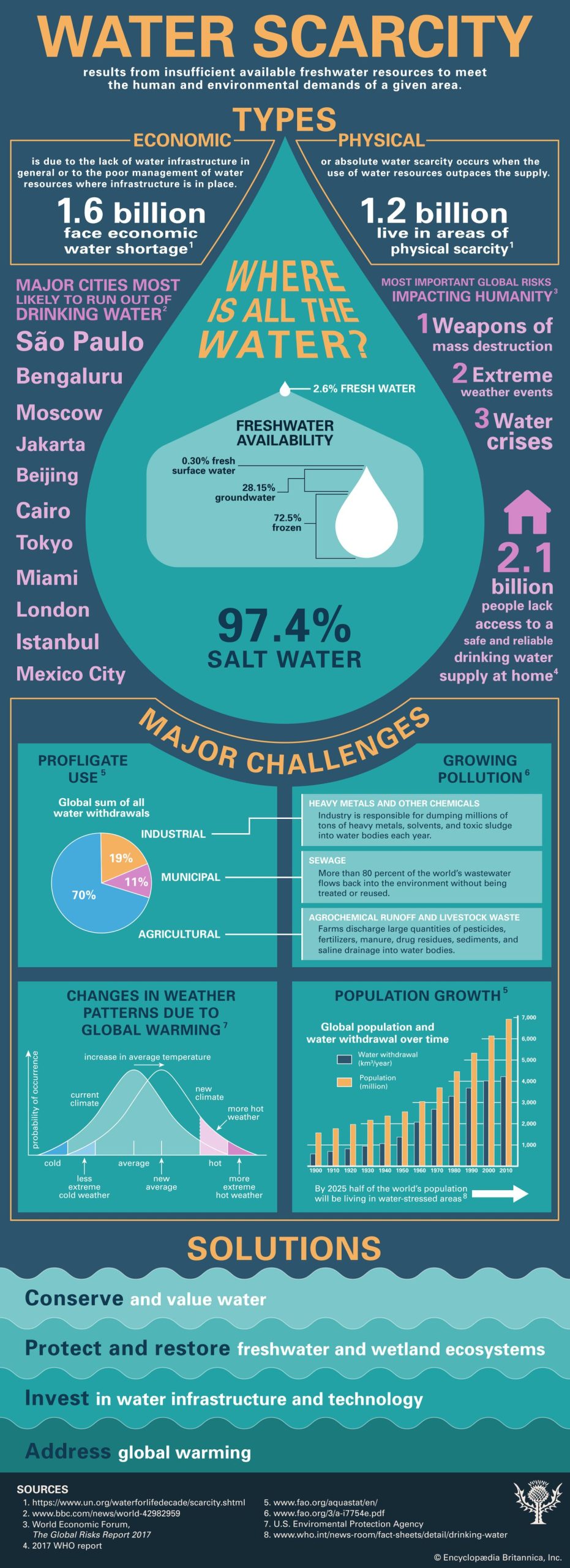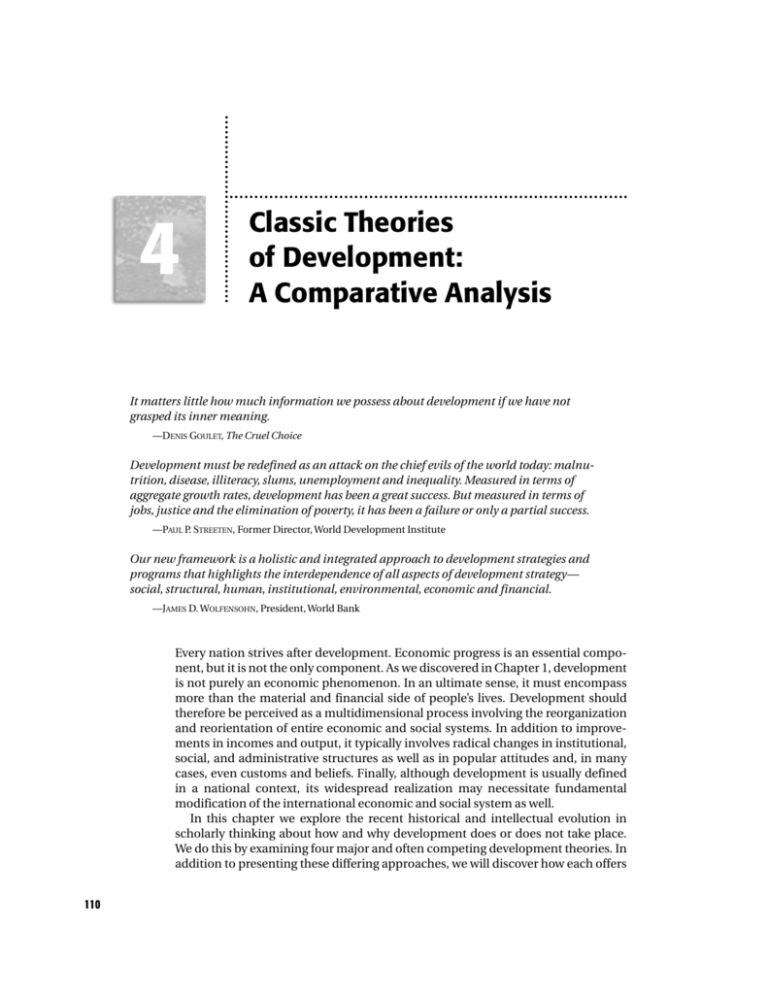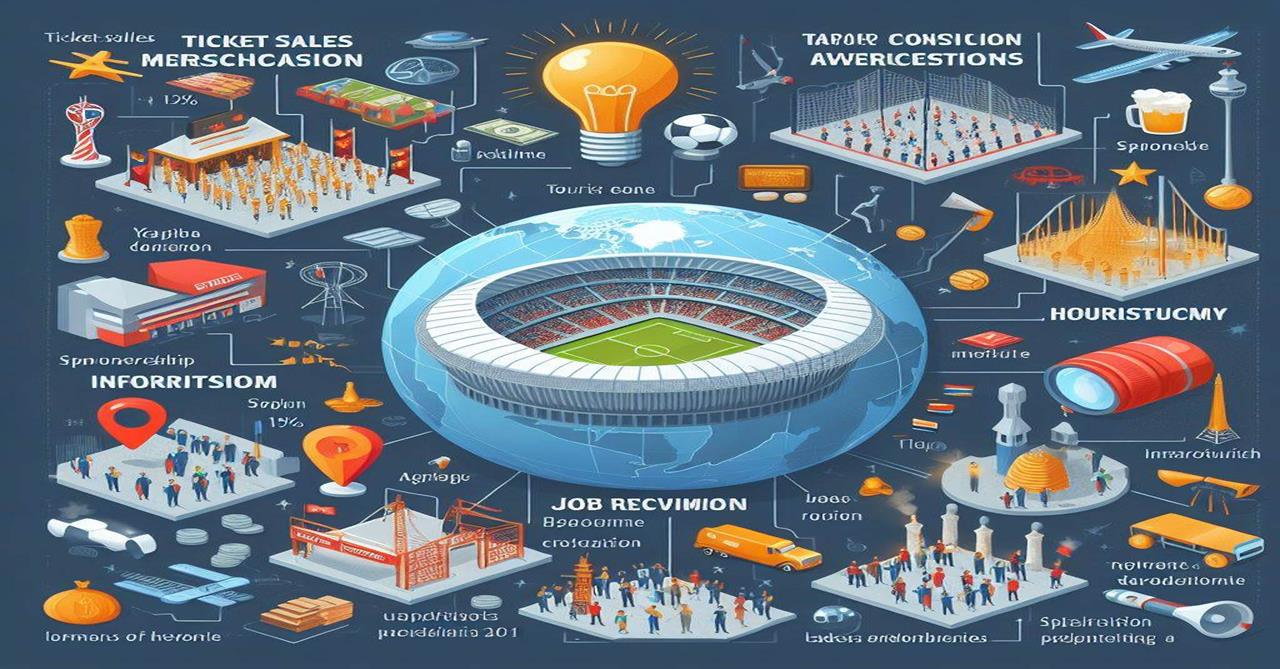
The Economic Implications of Global Water Scarcity: Understanding the Hidden Costs and Urgent Solutions
Imagine a world where factories grind to a halt, farms lie barren, and entire communities are forced to abandon their homes – not because of war or natural disaster, but because there isn’t enough clean, fresh water. This isn’t a dystopian fantasy; it’s a looming reality for vast swathes of the globe, driven by what’s known as global water scarcity.
While often framed as an environmental issue, the lack of sufficient fresh water has profound and far-reaching economic implications. It’s a silent threat that can cripple industries, escalate food prices, destabilize regions, and even halt a nation’s economic growth. Understanding these hidden costs is the first step towards building a more resilient and water-secure future.
In this comprehensive guide, we’ll explore the multifaceted economic impacts of water scarcity, from its direct hits on key sectors to the wider ripple effects that touch everything from health and migration to global trade and security. We’ll also look at the critical need for investment and innovation to turn the tide.
What is Global Water Scarcity? (Simplified)
Before diving into the economics, let’s quickly define what we mean by water scarcity. Simply put, global water scarcity occurs when there isn’t enough clean, fresh water to meet the demands of a population, industry, and agriculture in a specific region or worldwide.
It’s not just about deserts; many areas with abundant rainfall can still experience water scarcity due to:
- Uneven Distribution: Water isn’t always where people need it most.
- Pollution: Making existing water sources unusable.
- Poor Management: Wasting water through inefficient practices or leaky infrastructure.
- Climate Change: Leading to more frequent and severe droughts, altered rainfall patterns, and melting glaciers.
- Population Growth: More people mean more demand for water.
The critical point is that usable freshwater is a finite resource, and its availability is becoming a major constraint on economic development.
The Direct Economic Hits: How Water Scarcity Impacts Key Sectors
When water becomes scarce, the first economic impacts are felt directly in sectors that rely heavily on it.
1. Agriculture: The Biggest User, The Hardest Hit
Agriculture is by far the largest consumer of freshwater globally, accounting for around 70% of withdrawals. When water is scarce, the consequences for farming are immediate and severe:
- Crop Failure and Reduced Yields: Without sufficient irrigation, crops wither and die, leading to significantly lower harvests. This means less produce to sell and eat.
- Livestock Losses: Animals need water to survive. Droughts can lead to the death of livestock, further impacting food supply and farmer income.
- Increased Production Costs: Farmers may have to drill deeper wells, pump water from further away, or invest in expensive, water-efficient irrigation systems, all of which raise their operational costs.
- Reduced Farmer Income & Rural Poverty: With less to sell and higher costs, farmers earn less, pushing many into poverty. This can lead to a decline in rural economies.
- Loss of Arable Land: Prolonged water scarcity can lead to desertification, making land unusable for farming permanently.
Economic Impact: A direct reduction in a country’s agricultural output (a significant component of its Gross Domestic Product or GDP), job losses in rural areas, and increased food imports.
2. Industry & Manufacturing: Factories Thirsty for Water
Many industries, from textiles and food processing to chemicals and electronics, require vast amounts of water for various processes: cooling, cleaning, diluting, and as a raw ingredient.
- Production Shutdowns or Reductions: Factories may have to limit or halt operations during severe water shortages, leading to decreased output and lost revenue.
- Higher Operating Costs: Companies may face increased water prices, fines for excessive use, or the need to invest in expensive water treatment and recycling technologies.
- Disrupted Supply Chains: If a key component manufacturer in a water-stressed region cannot produce, it can affect industries globally.
- Relocation of Industries: Businesses might consider moving to areas with more reliable water supplies, leading to job losses and economic decline in the water-scarce regions.
- Reduced Investment: Investors may shy away from establishing new businesses in areas with uncertain water supplies, stifling economic growth.
Economic Impact: Decreased industrial output, reduced profits for businesses, job losses in manufacturing, and a less attractive environment for foreign investment.
3. Energy Production: The Water-Energy Nexus
Water and energy are deeply intertwined. Generating electricity often requires significant amounts of water:
- Hydropower: Directly relies on the flow of water. Low water levels in dams mean less electricity can be generated.
- Thermal Power Plants (Coal, Gas, Nuclear): Use water for cooling. Water scarcity can force these plants to reduce output or shut down, leading to power shortages.
- Biofuels: Growing crops for biofuels can be very water-intensive, competing with food production.
Economic Impact: Power outages, higher electricity prices, reduced industrial activity due to energy shortages, and increased reliance on more expensive or environmentally damaging energy sources.
4. Tourism & Recreation: Drying Up Revenue
Many tourism industries rely on water features, whether it’s coastal resorts, lakes, rivers, or snowy mountains.
- Impact on Resorts and Attractions: Lower lake levels, dried-up rivers, or lack of snow can deter tourists, affecting hotels, restaurants, and related businesses.
- Loss of Water-Based Activities: Boating, fishing, rafting, and swimming become impossible, leading to a decline in recreational tourism revenue.
- Damage to Natural Ecosystems: Water scarcity can harm biodiversity, making natural attractions less appealing.
Economic Impact: Reduced tourism revenue, job losses in the hospitality sector, and a decline in local economies that depend on tourism.
Wider Economic Ripple Effects: The Far-Reaching Consequences
The direct hits are just the beginning. Water scarcity creates a cascade of indirect economic effects that can destabilize societies and economies on a much larger scale.
1. Food Security & Price Volatility
When agricultural output drops due to water shortages, it directly impacts the availability and price of food:
- Higher Food Prices: Reduced supply means increased prices, making basic foodstuffs unaffordable for the poorest segments of society. This can lead to widespread hunger and malnutrition.
- Increased Food Imports: Countries facing water scarcity may be forced to import more food, straining their national budgets and increasing their vulnerability to global market fluctuations.
- Reduced Food Diversity: Reliance on a few drought-resistant crops can limit dietary diversity and increase vulnerability to pests or diseases.
Economic Impact: Inflation, reduced household purchasing power, increased national debt for food imports, and a higher risk of social unrest.
2. Health & Productivity Decline
Access to clean water is fundamental for human health. Water scarcity, especially when coupled with poor sanitation, leads to:
- Increased Waterborne Diseases: People may be forced to use unsafe water sources, leading to outbreaks of cholera, typhoid, and other diseases.
- Higher Healthcare Costs: Treating waterborne illnesses places a heavy burden on national healthcare systems and individual families.
- Reduced Workforce Productivity: Sick individuals cannot work or attend school, leading to lost economic output and reduced educational attainment.
- Time Spent Collecting Water: Women and children, especially in developing countries, spend hours each day fetching water, diverting time from education, work, or other productive activities.
Economic Impact: Increased public health expenditure, reduced national productivity, and a cycle of poverty linked to poor health and lack of education.
3. Migration & Social Instability
When water runs out, people often have no choice but to leave their homes in search of viable livelihoods.
- Internal Displacement: People move from rural to urban areas, or from water-stressed regions to more water-rich ones within a country. This can strain urban infrastructure and resources.
- International Migration: In extreme cases, water scarcity can contribute to cross-border migration, creating humanitarian crises and putting pressure on host nations.
- Increased Competition for Resources: As people move, competition for dwindling water resources in new locations can intensify, leading to social tensions.
Economic Impact: Strain on public services in receiving areas, loss of productive population in abandoned regions, potential for increased social unrest, and humanitarian aid costs.
4. Increased Conflict Risk
Water is a transboundary resource, meaning rivers and aquifers often cross national borders. When water becomes scarce, it can become a source of conflict:
- "Water Wars": While outright wars solely over water are rare, water scarcity can exacerbate existing political tensions, leading to disputes between nations or regions sharing water sources.
- Internal Strife: Competition for water within a country can lead to conflicts between different user groups (e.g., farmers vs. urban dwellers) or ethnic groups.
- Destabilization: Water-related conflicts can disrupt trade routes, displace populations, and divert resources away from economic development towards security.
Economic Impact: Diversion of national budgets to security, disruption of trade, destruction of infrastructure, and a negative impact on investor confidence.
5. Trade & Investment Disruption
Water scarcity doesn’t just affect local economies; it has global trade implications:
- Reduced Exports: Countries heavily reliant on agriculture or water-intensive industries for exports will see a decline in their trade volumes.
- Increased Import Dependence: As domestic production shrinks, countries become more reliant on imports, potentially leading to trade imbalances and currency depreciation.
- Investment Chill: Foreign direct investment (FDI) is less likely to flow into regions facing chronic water shortages due to the perceived risk to business operations.
- Global Supply Chain Vulnerability: If a critical component or raw material is produced in a water-stressed region, the entire global supply chain for that product can be disrupted.
Economic Impact: Reduced national income, trade deficits, slower economic growth, and decreased global economic stability.
6. Infrastructure Costs & Diminished Returns
Addressing water scarcity requires significant investment in infrastructure, but the costs can be enormous:
- Building New Infrastructure: Desalination plants, advanced wastewater treatment facilities, new dams, reservoirs, and extensive pipe networks are incredibly expensive to build and maintain.
- Repairing Existing Infrastructure: Many countries suffer from leaky pipes and inefficient delivery systems, requiring costly upgrades.
- Operational Costs: Pumping, treating, and distributing water over long distances or through complex processes (like desalination) are energy-intensive and costly.
- Climate Adaptation Costs: Investing in flood defenses, drought-resistant crops, and early warning systems to cope with extreme weather events, which are exacerbated by water scarcity.
Economic Impact: Large government expenditures (potentially leading to higher taxes or national debt), increased water tariffs for consumers and businesses, and a diversion of funds from other essential services like education or healthcare.
The Cost of "Doing Nothing" vs. "Investing Now"
One of the most critical economic lessons of water scarcity is that inaction costs far more than proactive investment.
- Doing Nothing: Leads to spiraling costs in lost agricultural output, industrial decline, health crises, social instability, and potential conflict. The World Bank estimates that some regions could see their GDP decline by as much as 6% by 2050 due to water-related losses.
- Investing Now: While initial investments in water infrastructure, technology, and management can be substantial, they generate significant returns. These returns come from increased agricultural productivity, sustained industrial output, improved public health, reduced social unrest, and enhanced overall economic resilience. Every dollar invested in water and sanitation can yield a return of $4 to $12 in economic benefits.
It’s a classic economic dilemma: a short-term cost for long-term gain, versus avoiding the cost now only to face much larger, unavoidable costs later.
Pathways to a Water-Secure Future: Economic Solutions
Addressing global water scarcity requires a multi-pronged approach that combines technological innovation, improved management, policy changes, and significant investment. Each of these solutions has its own economic implications, often positive in the long run.
1. Technological Innovations & Efficiency
Investing in and deploying advanced technologies can significantly improve water availability and usage:
- Desalination: Converting saltwater into freshwater. While energy-intensive and expensive, costs are coming down, making it viable for coastal areas. This creates jobs in construction and operation.
- Advanced Wastewater Treatment & Reuse: Treating wastewater to a high standard so it can be safely reused for irrigation, industrial processes, or even drinking. This turns a waste product into a valuable resource.
- Smart Agriculture & Precision Irrigation: Technologies like drip irrigation, sensors, and satellite imagery allow farmers to apply water precisely where and when it’s needed, drastically reducing waste. This boosts efficiency and saves money for farmers.
- Leak Detection & Repair: Using smart sensors and AI to identify and fix leaks in water distribution networks, preventing billions of liters of treated water from being lost.
2. Better Water Management & Policy
Effective governance and smart policies are crucial for sustainable water use:
- Water Pricing & Incentives: Implementing pricing structures that reflect the true value of water can encourage conservation and efficient use by industries and consumers. Subsidies for water-saving technologies can also be effective.
- Integrated Water Resource Management (IWRM): A holistic approach that considers all aspects of water (surface water, groundwater, quality, quantity) and involves all stakeholders in decision-making.
- Regulations & Enforcement: Setting limits on pollution, establishing water use permits, and enforcing environmental laws to protect water sources.
- Water-Efficient Building Codes: Encouraging or mandating the use of water-saving fixtures and appliances in homes and businesses.
3. International Cooperation & Diplomacy
Many major rivers and aquifers cross national borders, making international agreements essential:
- Transboundary Water Agreements: Nations sharing water resources can negotiate treaties for equitable sharing, joint management, and conflict resolution. This promotes regional stability and economic cooperation.
- Knowledge Sharing & Capacity Building: Developed nations can assist developing ones with expertise, technology, and training in water management.
- Regional Investment Funds: Collaborative efforts to finance large-scale water infrastructure projects that benefit multiple countries.
4. Strategic Investment
Public and private investment is the engine for implementing solutions:
- Public Investment: Governments need to prioritize water infrastructure in their budgets, seeing it as a critical investment in national security and economic growth.
- Private Sector Involvement: Encouraging private companies to invest in water utilities, treatment plants, and water-saving technologies through public-private partnerships (PPPs).
- Green Bonds & Climate Finance: Utilizing financial instruments that specifically fund environmentally sustainable projects, including water initiatives.
- Research & Development: Funding ongoing research into new, more efficient, and cost-effective water technologies.
Conclusion: A Shared Challenge, A Shared Future
Global water scarcity is not merely an environmental concern; it is a fundamental economic challenge with the potential to reshape industries, inflate prices, spark conflicts, and stunt human development. From the parched fields of agriculture to the thirsty factories of industry, its impacts are already being felt worldwide, threatening national GDPs, increasing poverty, and pushing millions towards instability.
However, the picture is not entirely bleak. The economic argument for investing in water security is compelling: the costs of inaction far outweigh the costs of proactive solutions. By embracing technological innovation, implementing smart water management policies, fostering international cooperation, and making strategic investments, we can build a future where water is managed sustainably, ensuring not only environmental health but also economic prosperity for all.
Addressing water scarcity is a shared responsibility, requiring collaboration between governments, businesses, communities, and individuals. By understanding its profound economic implications, we can catalyze the urgent action needed to secure our most precious resource and build a resilient, water-secure world for generations to come.




Post Comment